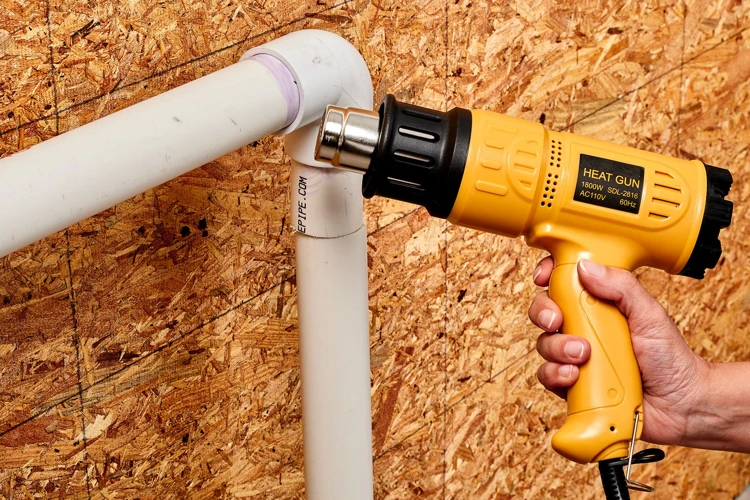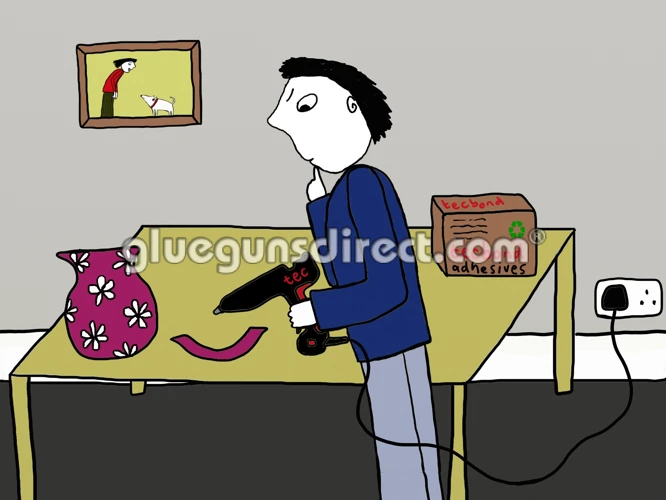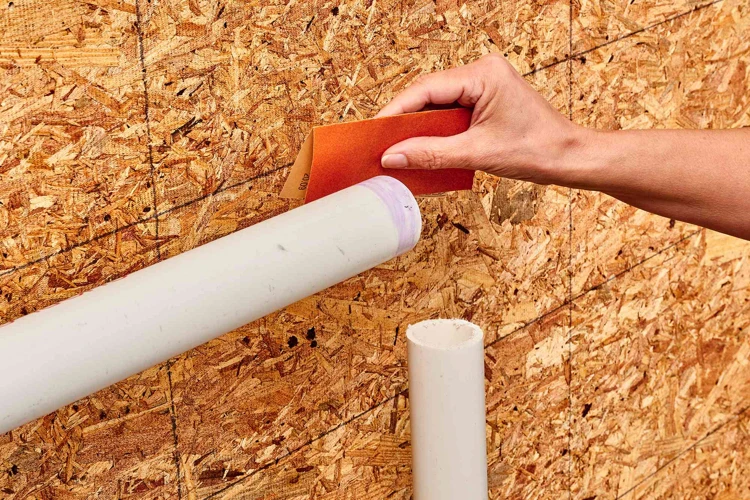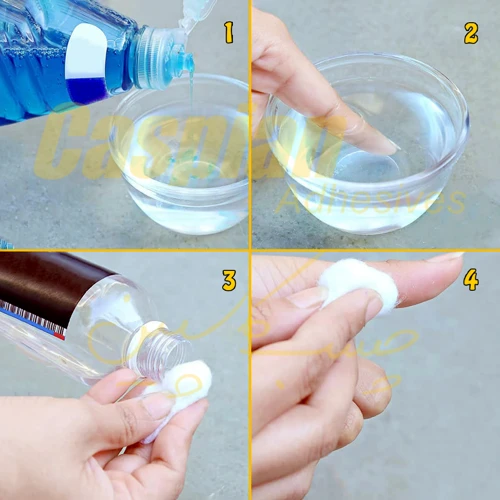What Is PVC Glue?
When working on plumbing or craft projects, you may encounter the need to join PVC, or polyvinyl chloride, components. PVC glue, also known as PVC cement, is a specialty adhesive used for bonding these plastic parts. It’s designed to hold tightly and create a waterproof seal, making it an essential material in the construction and repair of PVC piping systems.
How Does PVC Cement Create a Bond?
The bonding process of PVC cement is unique. Unlike traditional adhesives that work by sticking to the surfaces they’re applied to, PVC cement actually melts the outer layers of the plastic. When you press the two softened PVC surfaces together, they fuse into a single piece as the solvent evaporates, leaving behind a joint that’s often stronger than the pipes themselves.
Effective PVC Glue Removal Techniques
Undo PVC Glue with Heat Application
Heat can be a powerful ally in your quest to undo PVC glue. By carefully applying a heat gun or propane torch around the glued joint, you can soften the bond. This method requires patience and a steady hand to avoid damaging the integrity of the PVC material.
Remove PVC Adhesive by Cutting
Sometimes, the most straightforward solution is to simply cut out the glued section. This can be done using a hacksaw or a pipe cutter, allowing you to remove the compromised section and prepare for a replacement piece.
Separate Glued PVC Pipes Using Specialized Tools
There are tools designed specifically to separate glued PVC pipes. These devices can help you apply the right amount of force and precision to break the bond without causing unnecessary damage to the remaining pipe.
Dissolve PVC Cement with Chemical Solvents
Chemical solvents can break down the bonds created by PVC cement. However, this method requires knowledge of the right type of solvent to use and the proper safety precautions, as these chemicals can be harsh and potentially dangerous.
Reversing PVC Pipe Bonding
When Is Reversing PVC Bonding Possible?
Reversing PVC pipe bonding is feasible when the bonded joint is still accessible and has not been subjected to extreme stress or environmental conditions. The likelihood of successful separation diminishes with the age and usage of the PVC pipe.
Limitations of Reversing PVC Pipe Bonding
Despite your best efforts, there are limitations to the effectiveness of reversing PVC pipe bonding. Once the solvent has cured, the fused material may become resistant to most removal methods, necessitating the replacement of the affected sections.
PVC Joint Disassembly
Step-by-Step Guide to Unjoining Glued PVC Pipes
- Identify the glued joint you wish to disassemble.
- Select the appropriate removal technique based on your assessment.
- Carefully apply the chosen method to weaken and undo the bond.
- Separate the components with controlled force to minimize damage.
PVC Joint Disassembly Precautions
When undertaking a PVC joint disassembly, always wear protective gear and work in a well-ventilated area to safeguard against potential hazards associated with the process.
Fixing PVC Glue Mistakes
Assessing the Glue Mistake
Before attempting to fix a mistake, take the time to thoroughly examine the extent of the issue. This will help you determine the most appropriate course of action.
Corrective Actions for Fresh PVC Glue Errors
If the glue has not yet set, acting swiftly by wiping away the excess with a clean cloth dampened with a suitable solvent can remedy the situation.
Long-Term Solutions for Fixed Glue Mistakes
For errors that have already cured, consider cutting out the affected section or using a chemical solvent to dissolve the bond before making the necessary corrections.
UnGlue PVC Fittings
Techniques to UnGlue PVC Fittings Without Damage
Careful application of heat or the use of specialized tools can help you unglue PVC fittings without inflicting harm on the remaining pieces.
Replacing vs. Salvaging PVC Fittings
Assess whether it’s more cost-effective and practical to replace a fitting outright or to attempt to salvage it through the removal of the adhesive bond.
PVC Solvent Removal
Choosing the Right PVC Solvent Remover
There are a variety of solvents available, and selecting the right one depends on the type of PVC cement used and the specific requirements of your project.
Application Tips for PVC Solvent Removal
Apply the solvent remover with precision, using tools like cotton swabs or small brushes, to target the area without compromising the surrounding material.
Conclusion: The Do’s and Don’ts of PVC Glue Removal
Best Practices for Safe PVC Glue Removal
Employing the correct PVC glue removal techniques safely involves wearing the proper personal protective equipment, working in a well-ventilated area, and following the manufacturer’s instructions for both the adhesive and removal agents.
When working on your DIY projects, you might find yourself in a sticky situation with PVC glue. If you’re looking to reverse that strong bond, our guide on how to break PVC glue can offer you some practical solutions. Meanwhile, for those dealing with PVA glue, whether you need to dissolve it or are interested in making your own, we have resources for that too. Check out our articles on how to dissolve PVA glue for tips on dealing with unwanted adhesive residue, and if you’re feeling crafty, learn about how to make PVA glue at home for your next project.
Common Mistakes to Avoid in PVC Glue Removal
Avoid rushing the process, applying excessive heat, or using an incorrect solvent, as these can lead to irreparable damage or personal harm. Patience and precision are your best tools when working with PVC glue removal.



